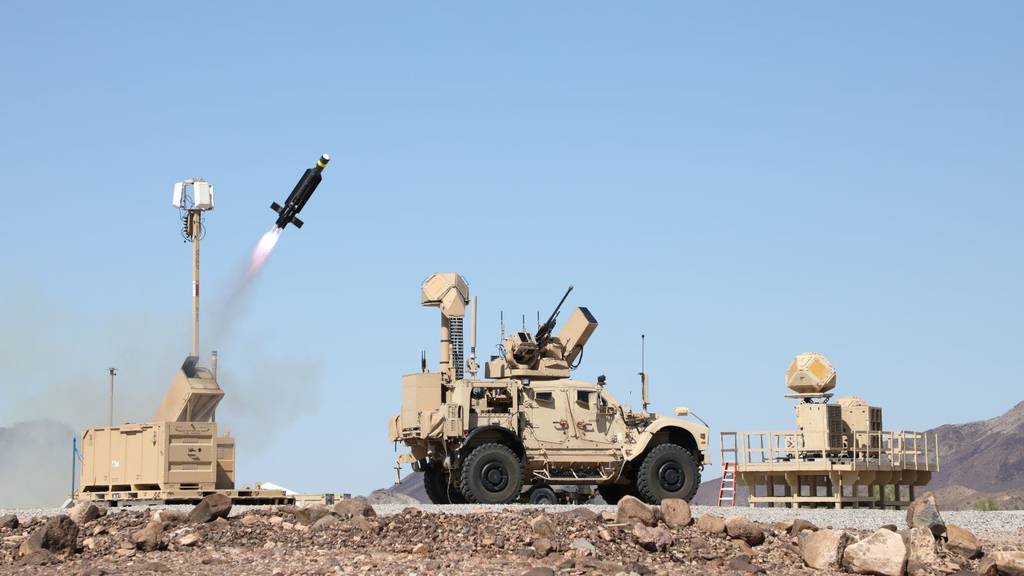
HUNTSVILLE, Ala. — The U.S. Army is considering holding a competition in fiscal 2025 for a next-generation interceptor to take out threats from unmanned aerial systems, Brig. Gen. Frank Lozano, program executive officer for missiles and space, told an audience Aug. 6 at the Space and Missile Defense Symposium.
The Army uses its Combat Capabilities Development Command Aviation & Missile Center to evaluate systems such as Raytheon’s Coyote and Blue Halo’s Next-Generation C-UAS Missile. But according to Lozano, “there are other companies out there working on [counter-UAS] interceptors that might actually also have some growth potential to intercept rockets, large caliber rockets, as well as potentially cruise missiles.”
A competition next year would be held “to see if there’s anything out there better that we should be pursuing,” he said. “[It’s] a way to confirm that our investment is yielding the outcome that we’re trying to achieve.”
The Army released an objective requirement in March 2023 through the Aviation & Missile Technology Consortium — managed by Advanced Technology International — to develop a Long-Range Kinetic Interceptor prototype, according to an AvMC spokesperson.
The service and the Joint Counter-small UAS Office are requiring the development and testing of the prototype NGCM, the spokesperson told Defense News.
The vendors selected for immediate funding came from a pool of 16. Eleven others were placed in a “basket” for potential future selection, the spokesperson said.
The Army is also planning on holding a competition for a new handheld device to take out drones, Lozano noted.
“Inherently, a handheld system has limited power,” he said, but Lozano noted the Army recently observed promising capabilities in the handheld realm during a fielding exercise with the 101st Airborne Division.
Prior to a Joint Readiness Training Center rotation the service provided the unit with handheld capabilities that could go up against small UAS, according to Lozano.
A competition for a mobile flat-panel array radar to detect drone threats is also in the works for FY25.
The Army already has such equipment incorporated in the Stryker combat vehicle’s mobile counter-UAS system, but officials are seeking to establish a reliable system for future operations, Lozano said.
Author: Jen Judson
Source: DefenseNews



